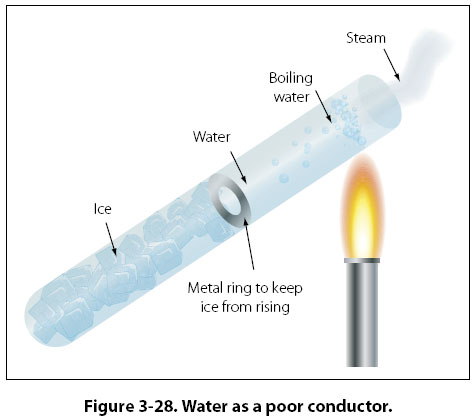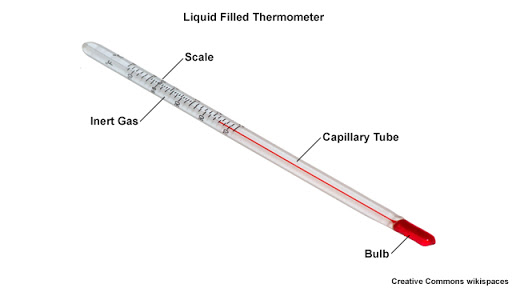For a particle with no charge and nearly no mass, the neutrino gets a lot of scientific press—and it’s no wonder it’s captured the attention of physicists (though non-physicists might, for the most part, be unaware that scientists have built massive underground water tanks thousands of feet below mountains to capture these particles from space).
Known as ghost particles, neutrinos interact with matter so weakly that around a thousand trillion of them—en route from the sun or perhaps an ancient supernova—are passing through you right now. In fact, they’re the most abundant of all particles that contain mass, and because of this tiny amount of mass (the lightest neutrinos are millions of times lighter than the electron) they can change types, or oscillate, as they travel through space.
Despite what physicists have learned since neutrinos were first detected in the 1950s, the particles remain a mystery, their potential implications for science so tantalizing that the aforementioned underground detectors have been built at a cost of hundreds of millions of dollars. Among the questions, scientists hope to answer: Where do the highest energy neutrinos originate? Are there more neutrino types (also called flavors) than we’ve observed? How do neutrinos get their mass? And, perhaps most intriguingly, can neutrinos explain the problem of matter-antimatter asymmetry? In their quest for answers, scientists are testing theories, improving detection technology, and reporting both failures and successes. Below, see a few reasons neutrinos have been making the news this summer.
Do Sterile Neutrinos Exist?
Three flavors of neutrinos—the electron, muon, and tau neutrinos—are currently known to science. But could there be a fourth? Scientists from around the world have set out to prove the existence of the sterile neutrino, a hypothetical particle that’s thought to only interact with matter through gravity, unlike standard neutrinos, which interact through both gravity and the weak nuclear force. Several experiments have yielded anomalous observations that might be explained by the existence of sterile neutrinos, but the particle has so far failed to show up during tests at leading experimental labs. Is it time to lay this theory to rest?
Super-K Gets a Boost
For 20 years or so, the Super-Kamiokande neutrino detector has been scanning the universe for neutrinos that originated from past supernovae—so-called fossil neutrinos, which carry with them the secrets of these stellar explosions. Nothing has been detected so far, so to increase the sensitivity of Super-K’s 50,000-ton water detector—located a kilometer below Mount Ikeno in Japan—scientists recently began mixing in the rare earth element gadolinium, an idea originally put forth in the early 2000s by physicists Mark Vagins and John Beacom. The gadolinium-enrichment process is expected to be completed at the end of August, and scientists are optimistic that the upgrade will yield as many as six fossil neutrino detections a year. Read more here and here.
CNO Neutrinos Are Detected for the First Time
At the Borexino neutrino observatory in Italy’s Gran Sasso National Laboratory, scientists recently reported that they had detected neutrinos made in the CNO (carbon-nitrogen-oxygen) cycle—a nuclear fusion process that occurs inside the sun. The direct observation of these neutrinos is the first evidence that the CNO reaction actually happens in stars. Though this type of fusion makes up just 1% of the sun’s energy production—the rest is via the proton-proton chain—the discovery might eventually answer questions about the sun’s metallicity and help scientists understand, among other things, how our star formed and how it will die.



